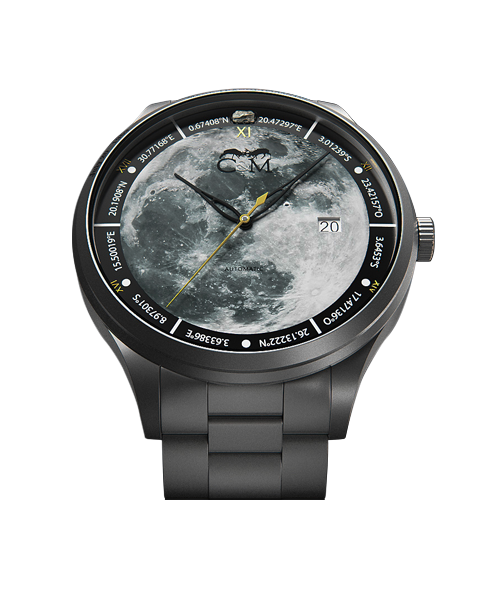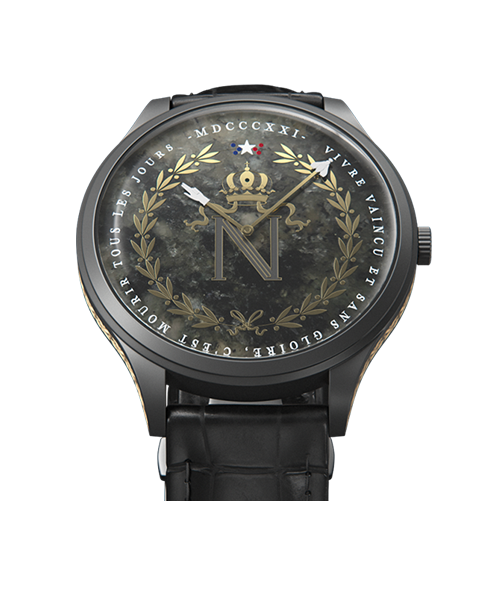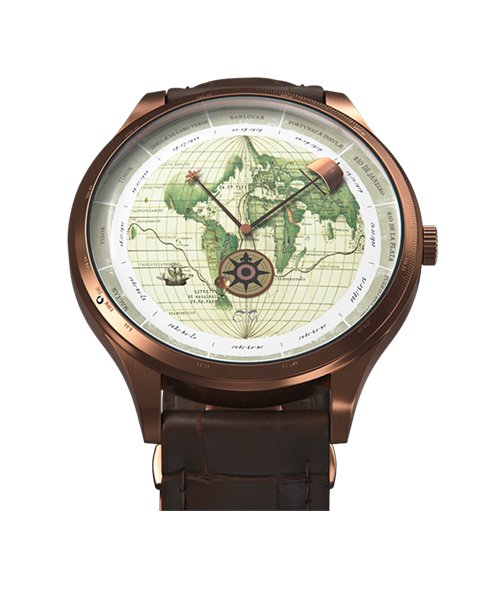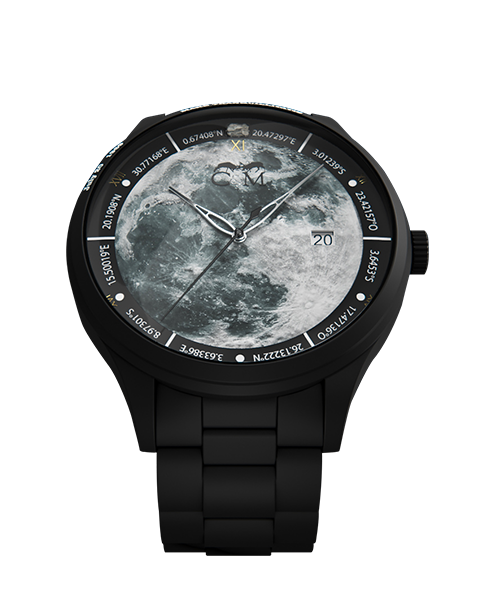I ordered a Lunar 1969 watch as a gift and it looked great, delivery never seen so fast. Thank you very much and of course I highly recommend the site!
WATCHMAKING OF DISTINCTION
The Col&MacArthur watchmaker company goes back in time, immersing itself in important events to relate, through these unique pieces, the great moments in mankind's history as well as the actions of certain illustrious individuals who have become symbols of peace, bravery and determination.
These collections are an integral part of our collective memory, they contribute to the transmission of knowledge to future generations.
Col&MacArthur is committed to the very heart of human values and brings history to life. It also aims to prove our ability to achieve the unachievable, reach the unreachable and overcome the insurmountable.
A unique identity in the world of watchmaking, since these watches draw out the very essence of the subjects covered and trace history through their design with implicit details.
Col&MacArthur - More Than a Watch, a Heritage.
Your timepiece
New Collection
"JAMAIS SEUL" Lady
Le 5 décembre 2017 disparaissait l'une des plus grandes stars du rock français, Johnny Hallyday. A présent pour vous aussi, Mesdames, la version Lady de la montre en mémoire de votre idole !


Collections 2023
Discover our new creations
They trust us
The highlights
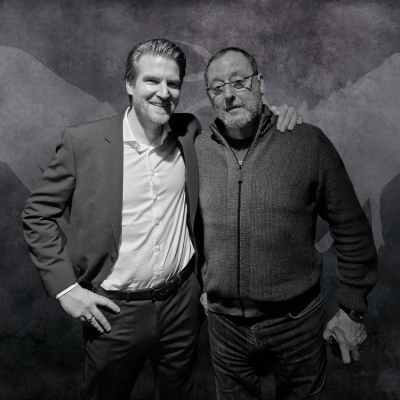
Meeting with Jean Reno
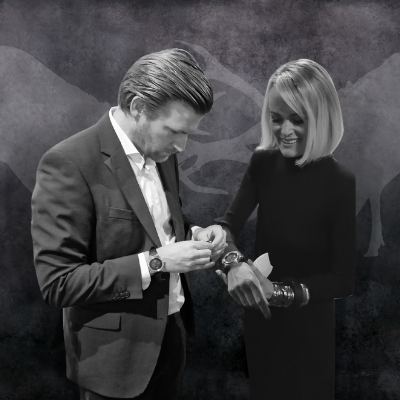
Meeting with Laeticia Hallyday
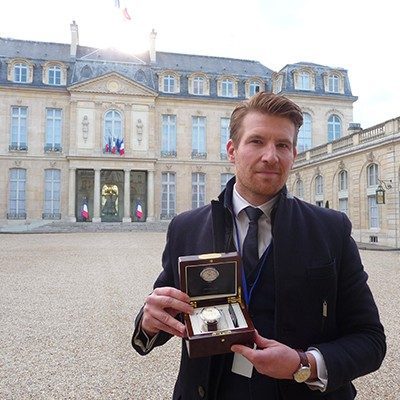
Letter from President Macron
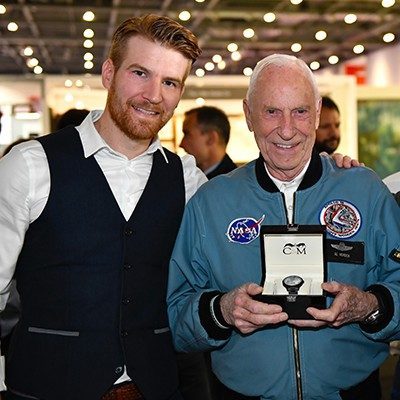
Meeting with Apollo 15

Meeting with Prince Albert of Monaco
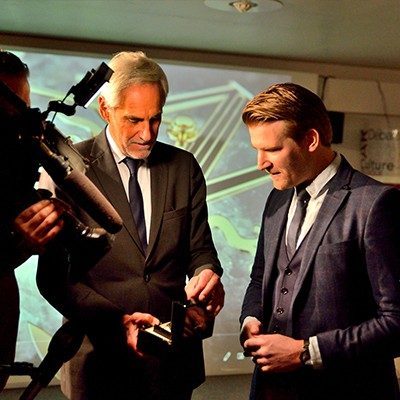
The Prince Bonaparte

Le Chat opens its arms to us!

Liege Citizen of the year 2021!

C'est du Belge !


Col&MacArthur x Noir Artist
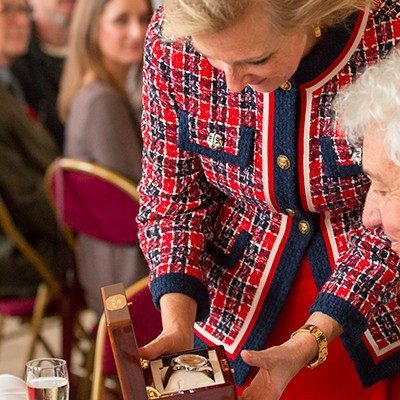
Armistice 1918 Royal
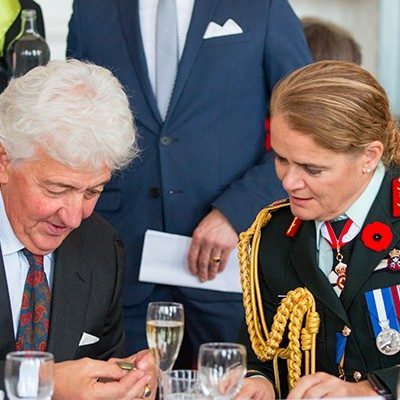
Memory preserved in the Commonwealth

Outstanding customer service
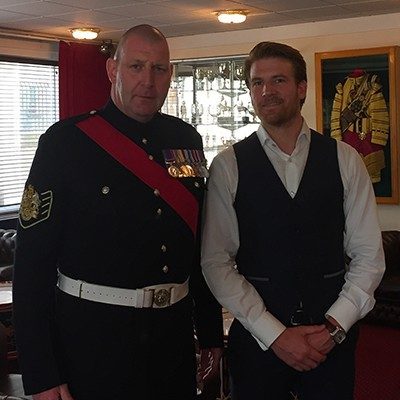
The Buckingham Palace Guard

Sergeant of the Royal Guard
Our community
The C&M community is the heart of the watchmaking house, it is the expression of our passion for History and our dedication to our members.



